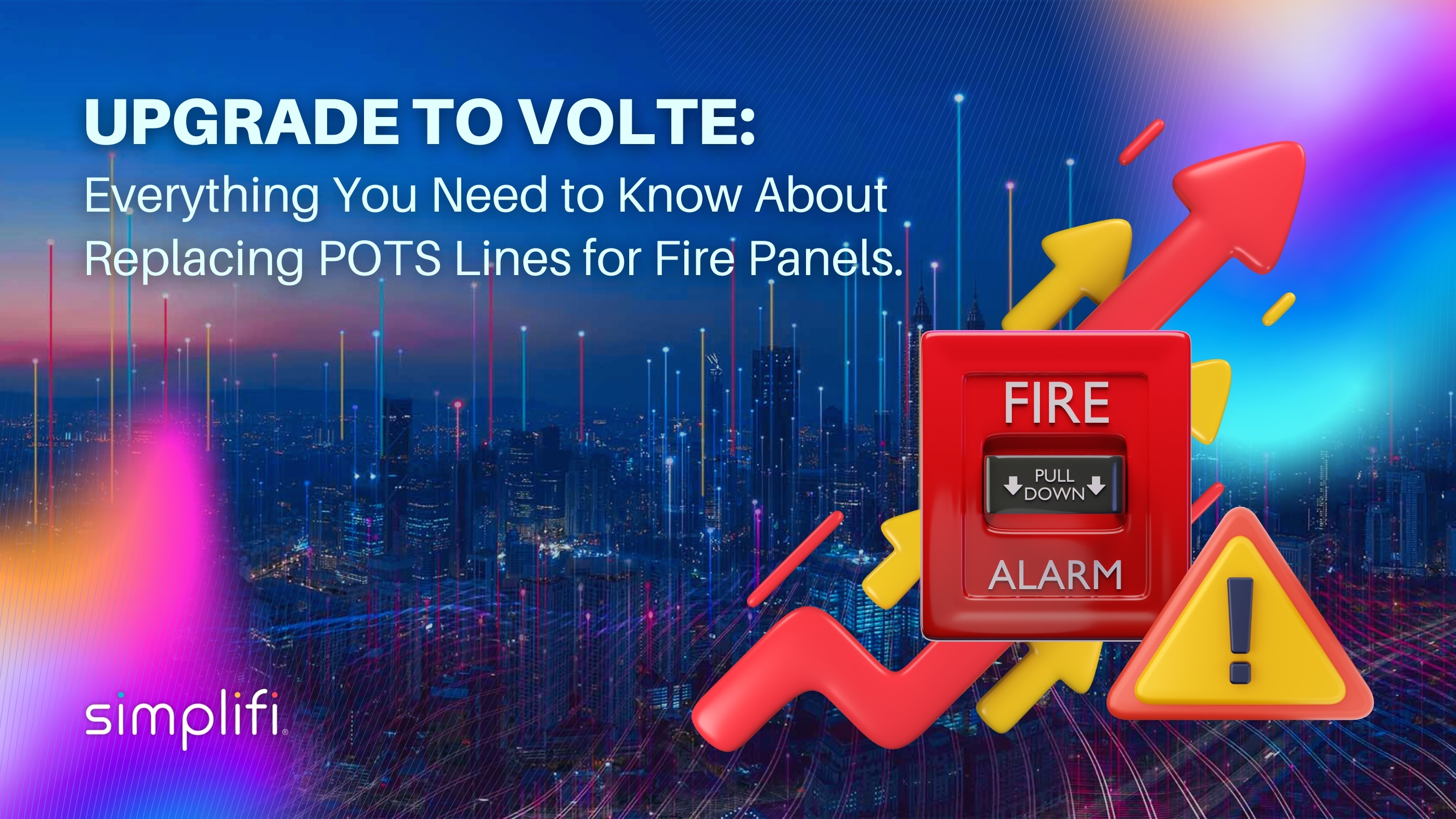Simplifi Life Safety: Why a VoLTE POTS line solution for mission-critical life safety devices is essential.
Beep, beep, beep! That's the sound of your life safety device going off. But what if it couldn't connect to emergency services when you needed it...





